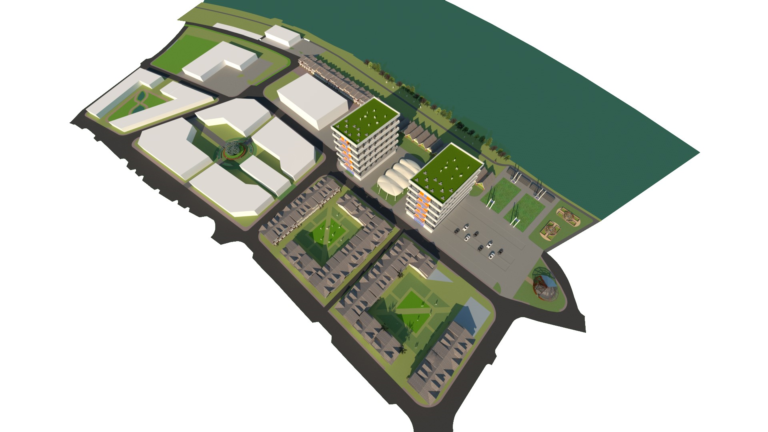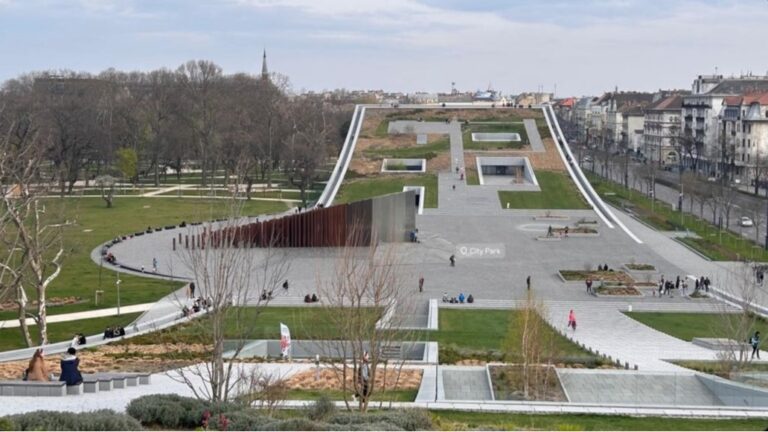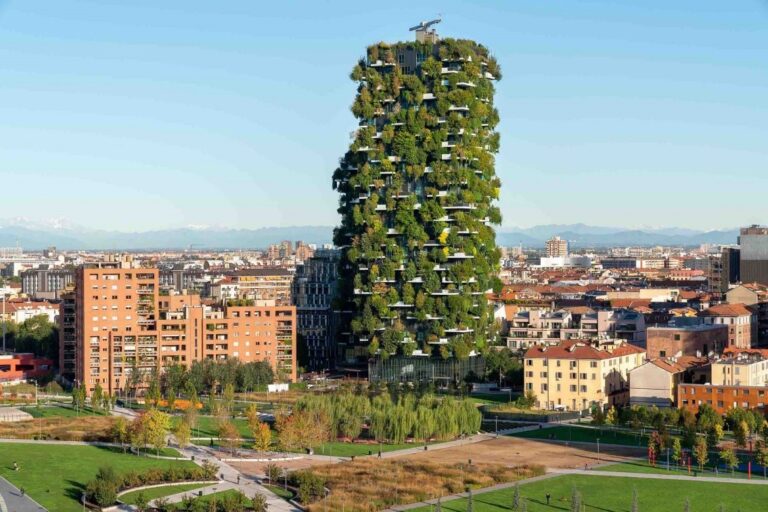
Fig. 1: A green roof replacing ground level green space Graeme Hopkins 2019
The urban environment is majorly experiencing a boost of green revolt of green Terrace and vertical landscapes. These elements help in designing solutions that can transform the concrete jungle into an environmentally friendly and enhance the quality of cityscapes. Sustainable drainage is an important component of any building, as a way to counter flooding in the event of excess rainfall. A rooftop is continually under attack from the elements and has plenty to cope with throughout the year.

Fig. 2: Housing and alternatives (green roof) View by Devanshi Vedpathak, April 2024
Advantages of green terraces and vertical landscapes:
- Reduced heating and cooling requirements for the building.
- Reduced and slowed stormwater runoff.
- Cleaner air and natural sounds
- Innovative design and sustainable components.
- Aesthetic and functional integration into city life.
- Provides a rainwater buffer and purifies the air by reducing the ambient temperature.
- Regulates the indoor temperature, saves energy and encourages biodiversity in the city
 Fig. 3: Museum of Ethnography Budapest, Hungary, shot by Ritika Jadhav, October 2023
Fig. 3: Museum of Ethnography Budapest, Hungary, shot by Ritika Jadhav, October 2023
Designed by Marcel FERENCZ, the building has gently curving lines that enable the building to function as a gateway and a passage linking the city and the park. Sixty percent of the building is located below ground level, and due to the landscaped roof and the transparency of the sections over the ground, the new museum is adapted to its environment in its scale too. The grass-covered roof area has been designed as a green community space, awaiting visitors to the area. The landscaped roof garden, which is reminiscent of two intertwined hillsides, has both grass sections and planted areas.
Fig. 4: The Bosco Verticale, by Stefano Boeri Architetti 2024
The concept behind the vertical forest is to make a home for humans and birds, which defines not only the urban and technological characteristics of the project but also the architectural language and its expensive qualities by creating a beautiful aesthetic effect. The different variations in colour and shapes of the plants produce a tremendous, defined landmark in every season, even from a distance, a prototype for a new format of biophilia and architectural biodiversity, which mainly focuses on human beings, but also the inter relationship between human and nature connecting with each other. – Stefano Boeri Architetti, 2024
In conclusion, the green terraces provide an accessible green environment to the building, which offers the people staying nearby a natural green urban fabric. Green roofs also help support wildlife, which in turn, can create a healthy habitat. Beyond their aesthetic appeal, roof terraces offer multifunctional spaces that enhance the livability of urban areas. These landscapes not only help to beautify the city and the structure, but it also promote improving the quality of air, and reducing the amount of heat.
References:
Erin (2022). The Green Roof on Top of This New Museum Acts as A Public Park. [online] CONTEMPORIST. Available at: https://www.contemporist.com/green-roof-on-top-of-this-new-museum-acts-as-a-public-park/ [Accessed 20 May 2024].
Filip Eboni (2023). Revolutionizing Urban Landscapes: The Emergence of Green Shades in Valladolid. [online] UGREEN. Available at: https://ugreen.io/greenshades-revolution-how-urban-landscapes-are-redefined/ [Accessed 20 May 2024].
Mills, W.P. and Rott, A. (2020). Vertical life: impact of roof height on beetle diversity and abundance on wildflower green roofs. Journal of urban ecology, [online] 6(1). doi:https://doi.org/10.1093/jue/juaa017.
Urban Design. (2024). Vertical Forest, a temporary trend or a long-term sustainable solution? – Urban Design. [online] Available at: https://nclurbandesign.org/vertical-forest-a-temporary-trend-or-a-long-term-sustainable-solution/ [Accessed 20 May 2024].








